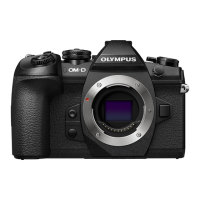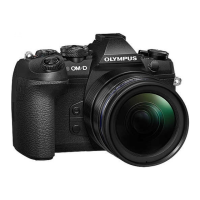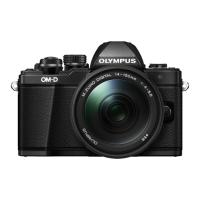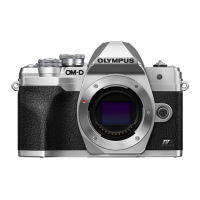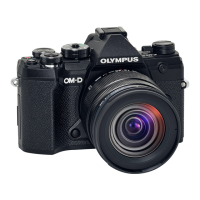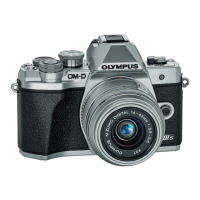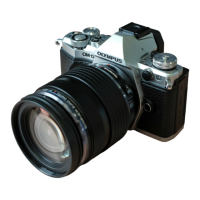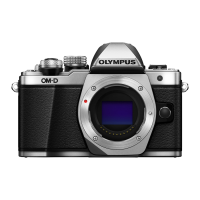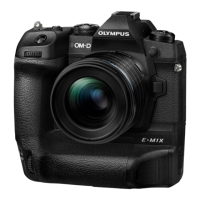55
EN
Shooting
2
1 (Dual
Independent 1)
Images are recorded at the image quality mode specifi ed for each
card in slot 1 and 2 (P. 55, 88). Shooting will no longer be possible
when either of the cards becomes full. Note that the image quality
mode changes when [Dual independent 1] is selected; choose
the desired mode before proceeding.
2 (Dual
Independent 3)
Images are recorded at the image quality mode specifi ed for each
card in slot 1 and 2 (P. 55, 88). When either of the cards becomes
full, recording switches to the card with available space. Note that
the image quality mode changes when [Dual independent 3] is
selected; choose the desired mode before proceeding.
3 (Dual Same 1)
Images are recorded at the same image quality mode for both
cards. Shooting will no longer be possible when either of the cards
becomes full.
4 (Dual Same 3)
Images are recorded at the same image quality mode for both
cards. When either of the cards becomes full, recording switches to
the card with available space.
• If you press the Q button, you can specify the card to record the shooting data to with
[Card Slot Settings] of Custom Menu (P. 132).
• The image quality mode may change if you change the option selected for [K Save
Settings] or replace a memory card with one that can contain a different amount of
additional photographs. Check the image quality mode before taking photographs.
Selecting image quality ( KK)
You can set an image quality mode for still images. Select a quality suitable for the
application (such as for processing on PC, use on website etc.). This can be set for
each card.
1
Press the Q button to display the LV super control
panel.
2
Use FGHI to select [KK].
• Image quality mode can be set for each card slot. If
[K Save Settings] is set to [Dual Independent 1] or
[DualIndependent 3] separate image quality modes
can be set (P. 54).
H
F
+
RAW
FullHD
sRGB
+0.8
A
+
1
Natural
G
+
1
S
-
AF
F
250250 F5.6
1:02:031:02:03
10231023
0.00.0
100
%
+
1
+
1
S
Normal
S-IS Auto
M-IS Auto
WB
Auto
ISO
Auto
KK
3
Use the front dial to select an option.
• Choose from JPEG (YF, YN, XN, and WN) and RAW modes. Choose a JPEG+RAW
option to record both a JPEG and a RAW image with each shot. JPEG modes
combine image size (Y, X, and W) and compression ratio (SF, F, N, and B).
• When you want to select a combination other than YF, YN, XN, and WN, change the
[K Set] (P. 119) settings in Custom Menu.
• During the high resolution shooting (P. 48), you can select between
50M
F,
25M
F,
50M
F+RAW, and
25M
F+RAW.
• Selecting [Dual independent 1] or [Dual independent 3] for [K Save Settings]
changes the image quality mode; choose the desired mode before proceeding.
• The image quality mode may change if you change the option selected for [K Save
Settings] or replace a memory card with one that can contain a different amount of
additional photographs. Check the image quality mode before taking photographs.
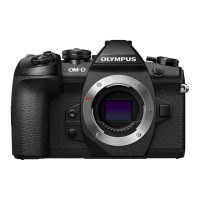
